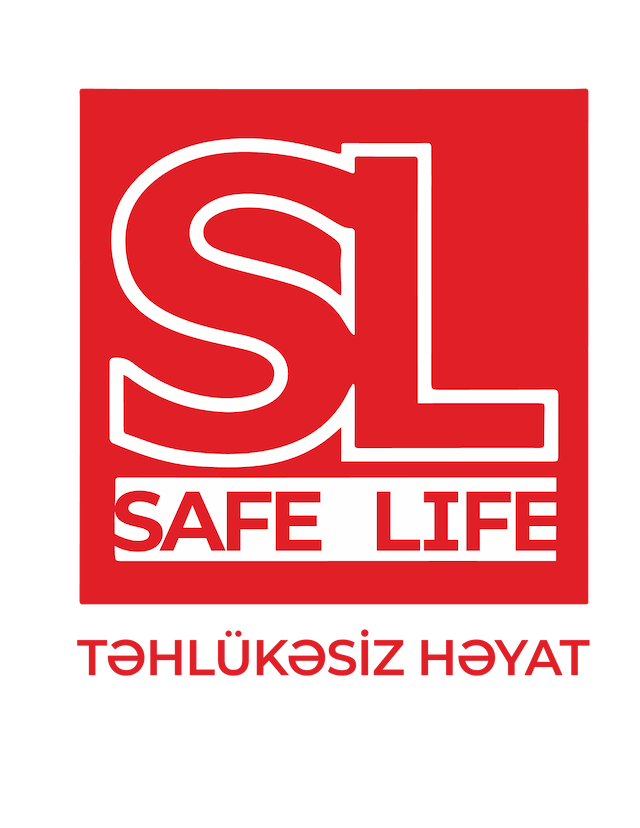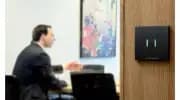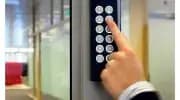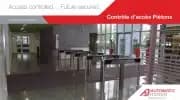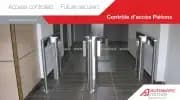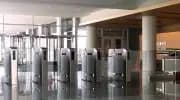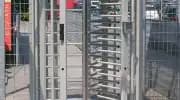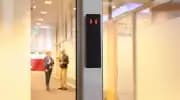Access control systems
Access control systems are simple and multi-planned electronic systems. Conventional doors with mechanical locks or mechanical turnstiles with guards can also be included in access control systems, but it is not possible to have a guard at every door. In this case, access control systems come to the rescue, which mainly enable authorized and designated access to protected zones and rooms.
The main direction of development of modern DMS is their intellectualization, i.e. transfer of functions to the maximum extent possible, data processing and finding solutions with computers and mechanical means of DMS. As a result, modern DMS means programmed technical means and organizational methodical measures, through which the issue of control and the management of entrances to individual rooms and even the issues related to the presence and duration of personnel in any areas of the facility find their solutions.
Currently, automatic access control systems are widely used in enterprises of various purposes: offices, banks, stores and production areas. The simplest means of access control systems are encrypted panels and autonomous account cards. Various types of electric locks, turnstiles and automatic doors can be used as executive means of access control systems.
Some of the tools of access control systems are shown below:
password keyboard
barcode
electronic switch
magnetic cards
Weigand cards
contactless Proximity cards or key fobs
radio channel
IR keychains
smart cards
biometric system that identifies
The main difference of network control systems from those mentioned above is that through them it is easier for the user to implement the functions of access control systems. And at this time, not only one user, but even the head of the security system or the operator on duty can immediately get information about the arrival and departure of employees from DMS. And not only them, but also the company's management or accounting regularly receives an information sheet about each employee from DMS at the end of each working month.
